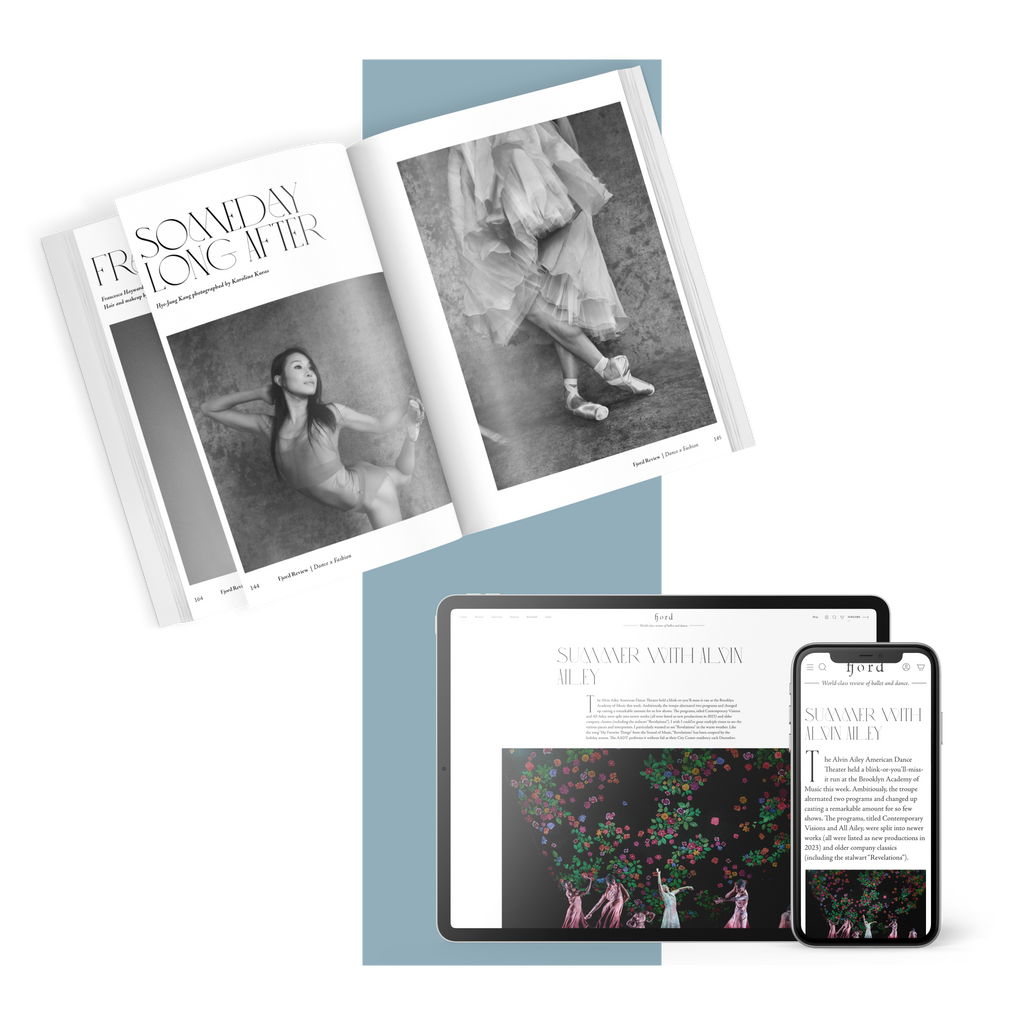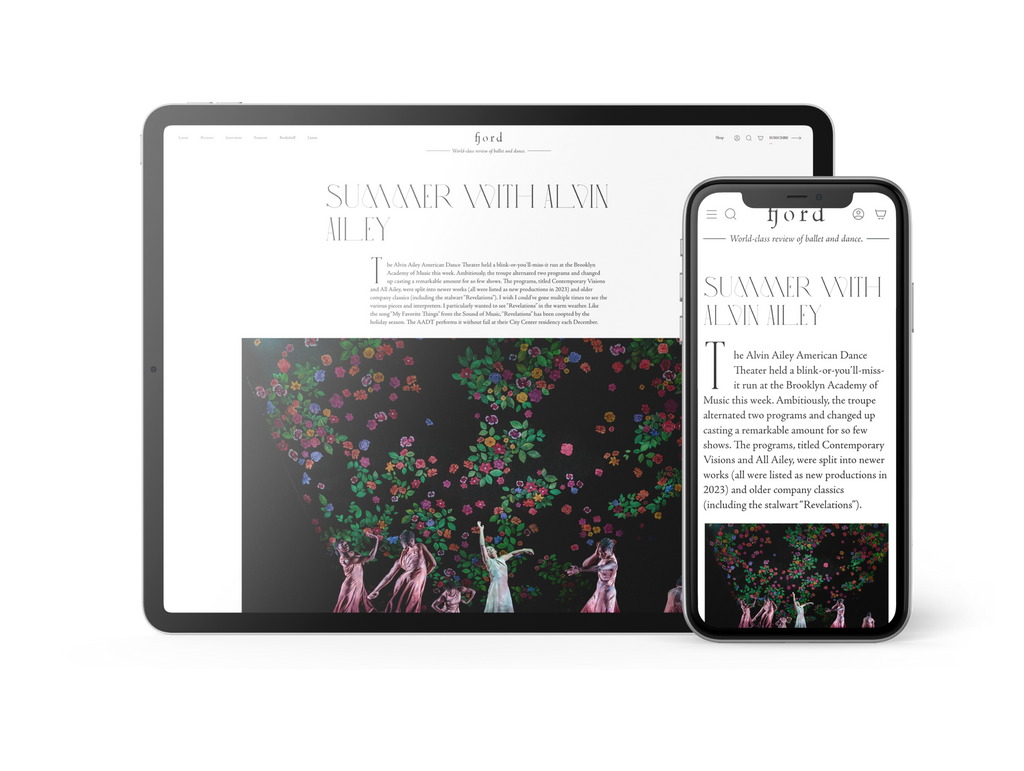Natural Histories
Miriam Miller steps into the center and raises her arm with deliberation, pressing her palm upward to the vaulted Gothic ceiling of the cathedral.
Continue Reading
World-class review of ballet and dance.
This new programme from Akram Khan—one of the UK’s foremost contemporary choreographers—is a look into both the past and future. Khan and Farooq Chaudry, producer at Akram Khan Company, have invited four young dancers of colour to present self-choreographed solos that reflect on their heritage and explore the evolving language of contemporary dance. Drawing on genres as diverse as hip-hop and folk dance, their work forms a ‘portrait of otherness’ that encourages innovation of form and promotes visibility of lesser-heard perspectives—something Khan has strived to champion with his own company over the years.
Performance
Place
Words

Ching-Ying Chien's “Vulture.” Photograph by Julien Martinez Leclerc


“Uncommonly intelligent, substantial coverage.”
Your weekly source for world-class dance reviews, interviews, articles, and more.
Already a paid subscriber? Login
Miriam Miller steps into the center and raises her arm with deliberation, pressing her palm upward to the vaulted Gothic ceiling of the cathedral.
Continue ReadingIn a series called “Just Dance” on Nowness—a site I sometimes visit to see what’s up in the world of “genre busting” dance films that make it onto this stylized platform—I sometimes find little gems that quietly rock my world.
Continue ReadingBack in October, New York City Ballet got a new cowboy. His arrival occurred in the final section of George Balanchine’s “Western Symphony.”
Continue ReadingWhen Richard Move enters from stage left, his presence is already monumental. In a long-sleeved gown, a wig swept in a dramatic topknot, and his eyes lined in striking swoops, the artist presents himself in the likeness of Martha Graham—though standing at 6’4, he has more than a foot on the late modern dance pioneer.
Continue Reading
comments